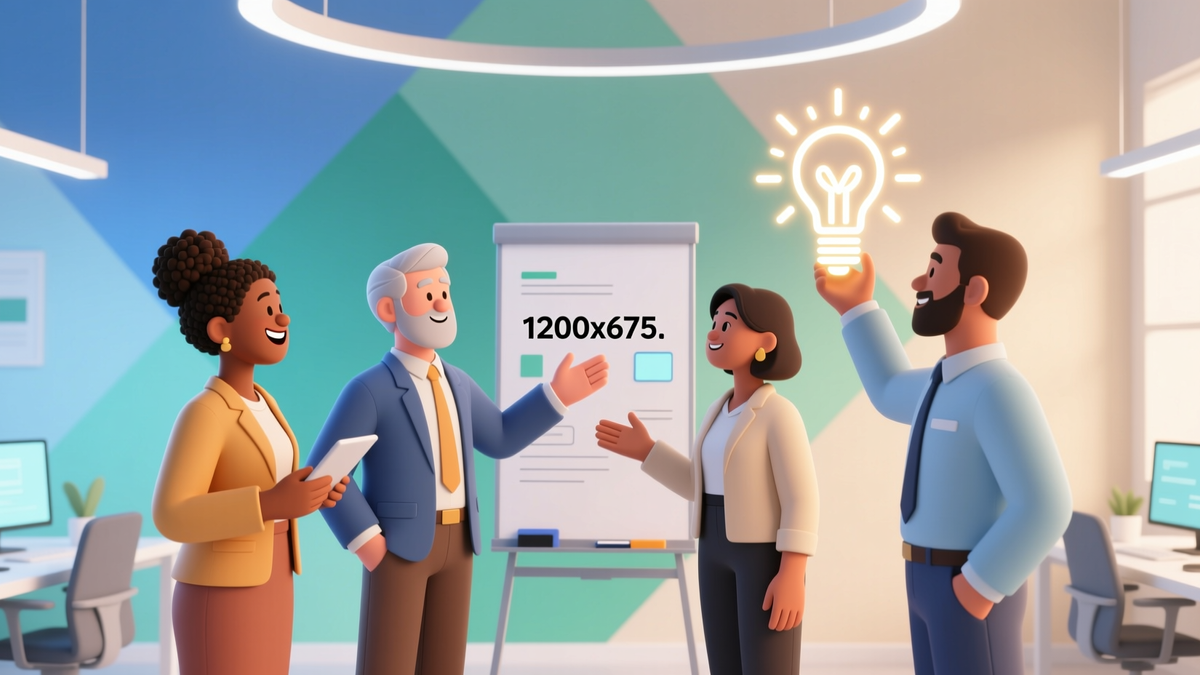
Advanced Ice Breakers: Engage Diverse Groups Effectively
Learn advanced ice breaker techniques to engage diverse teams through storytelling, cultural exchange, and collaborative challenges.
Introduction: Why Advanced Ice Breakers Matter
In today's globalized workplaces, traditional ice breakers often fall short of bridging cultural, generational, and professional divides. Advanced ice breaker techniques are essential tools for facilitators aiming to create inclusive environments where every voice feels valued. This guide will walk you through innovative methods to engage diverse groups, build trust, and unlock collaboration.

Understanding Group Dynamics
Step 1: Analyze Your Audience
- Research demographics: age, cultural backgrounds, professional roles
- Identify potential communication barriers (e.g., language proficiency, introversion levels)
- Assess existing relationships within the group
Step 2: Establish Psychological Safety
Create an environment where participants feel comfortable taking risks. For example, start with a brief storytelling exercise where team members share a 'professional failure' to normalize vulnerability.
Advanced Ice Breaker Techniques
1. Cultural Snapshot Exchange
This technique fosters cross-cultural understanding through personal storytelling.
- Provide each participant with a blank 'passport' template
- Ask them to create a fictional country representing their professional persona
- Host a 'travel fair' where participants present their passports to colleagues
Case Study: A tech company with teams in Tokyo, Berlin, and São Paulo used this method to uncover hidden cultural strengths in their global workforce.
2. Reverse Mentor Speed Networking
- Pair participants from different hierarchical levels
- Assign 'mentoring topics' where junior employees teach senior leaders (e.g., social media trends)
- Rotate partners every 7 minutes using a timer
This technique breaks down organizational silos while validating diverse expertise.
3. Ethical Dilemma Scenarios
- Create fictional workplace scenarios with moral complexities
- Divide groups into 4-person panels to debate solutions
- Have each panel present their decision-making framework
Example: "A client requests a shortcut that violates company ethics but saves $1M. How do you respond?" This sparks meaningful dialogue about organizational values.
Facilitation Methods for Diverse Groups
Managing Group Energy
- Use a 'vibe check' poll at key intervals (emoji-based for remote teams)
- Implement strategic pauses: 2-minute silent reflection periods during intense discussions
- Have physical movement breaks between exercises (e.g., stretching, quick dance party)
Handling Cultural Sensitivities
- Pre-screen activities for potential cultural insensitivities
- Designate a 'cultural navigator' to provide feedback
- Offer alternative participation methods (written vs. verbal responses)
Engagement Strategies to Maintain Momentum
Progressive Disclosure Technique
Build trust gradually through layered sharing:
- Stage 1: Share a professional achievement (1 minute per person)
- Stage 2: Reveal a surprising personal hobby
- Stage 3: Discuss a workplace challenge they're facing
Hybrid Inclusion Framework
For mixed in-person/remote teams:
- Use breakout rooms with intentional mix of remote/local participants
- Equip in-person attendees with tablets for virtual peer collaboration
- Designate a 'connection monitor' to ensure balanced participation
Case Study: Transforming a Global Sales Team
A multinational pharmaceutical company struggling with regional team conflicts implemented a 3-month ice breaker program:
- Month 1: Cultural Snapshot Exchange
- Month 2: Cross-generational mentorship circles
- Month 3: Collaborative problem-solving simulations
Result: 47% improvement in team cohesion scores and a 32% increase in cross-regional collaboration.
Conclusion: Building Lasting Connections
Advanced ice breakers aren't just about initial engagement—they're strategic tools for creating lasting organizational impact. By combining cultural sensitivity with innovative facilitation methods, you can transform diverse groups into cohesive teams. Remember to:
- Adapt techniques based on post-activity feedback
- Celebrate small breakthroughs in communication
- Link activities to broader organizational goals
Last updated: November 16, 2025
Related Content
Related content will appear here